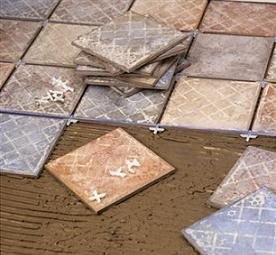 Asbestos removal costs have gone up in many areas in recent years, both as a result of rising demand and the specialized skills it involves. Location also plays a role, as some places have more providers and therefore offer greater competition. Of course, there are also obvious factors such as the size of the home, as well as how much asbestos there is, where it is found, and how easy it will be to remove. Homeowners are often taken aback by the high costs when it comes time to do inspections.
Asbestos removal costs have gone up in many areas in recent years, both as a result of rising demand and the specialized skills it involves. Location also plays a role, as some places have more providers and therefore offer greater competition. Of course, there are also obvious factors such as the size of the home, as well as how much asbestos there is, where it is found, and how easy it will be to remove. Homeowners are often taken aback by the high costs when it comes time to do inspections.
Complicated as it is, asbestos removal is something all households have to deal with. Some homes don’t need it, but those older than around 20 years should definitely be looked at. Fortunately, many websites offer asbestos removal cost calculators that give a fairly accurate estimate depending on the factors mentioned above. Although they don’t guarantee the exact cost of the procedure, they can give you a good ballpark figure and help you prepare accordingly.
The service can cost little more than $1,000 for a small house with relatively simple construction, and where the asbestos or asbestos-containing material is easy to access. For larger, older homes where asbestos can be on the roof sheeting or the adhesive on vinyl tiles, the cost can easily exceed $10,000. This is because of the extra procedures required, such as removing the adhesive and getting into a crawlspace to access certain areas.
Because there’s such a large range involved, it is important to get an estimate from a local provider who has worked with similar houses in your area. Ideally, you should get quotes from a number of contractors so you have a general idea of the average and can make a more informed comparison. Do a quick search of companies in your area and start with the closest ones, as they may also take distance and ease of access to a landfill into account. It also won’t hurt to ask around and see if friends, family, or neighbours have undergone the same procedure and have anyone to recommend.
When you call to get estimates, make sure to have some basic information on hand such as the square footage of your home, the layout, and the year it was built. You should also know what materials were used for the flooring, roofing and wall panels. Although these will all be verified in the inspection, the more information you can give, the more accurate an estimate you can get. It takes some time and work, but your safety is always a good investment—and you want to catch any potential threats as soon as possible.
